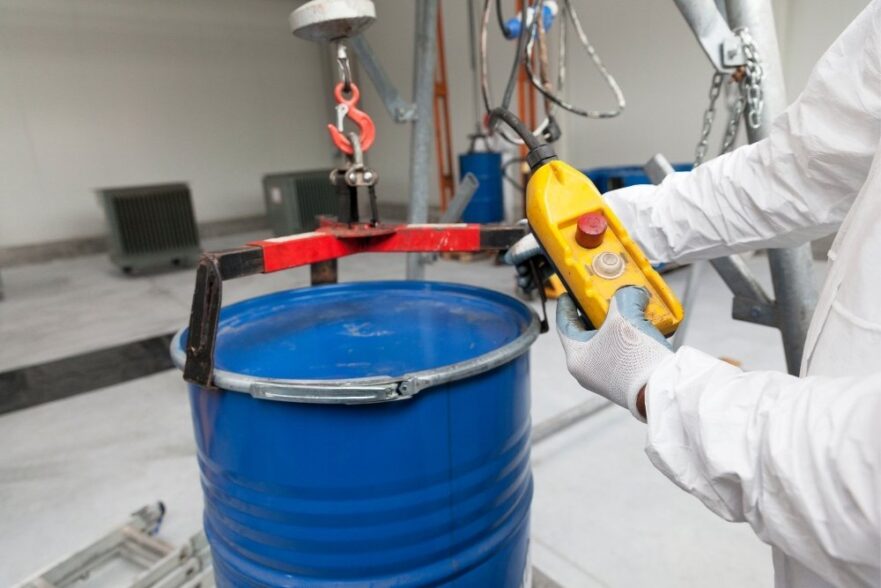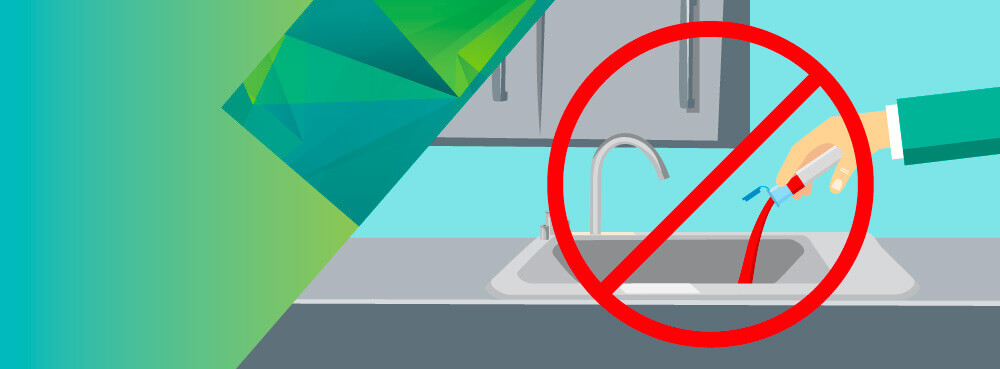See This Report about Reclaim Waste
Table of ContentsReclaim Waste - The FactsAll about Reclaim WasteThe smart Trick of Reclaim Waste That Nobody is DiscussingGetting My Reclaim Waste To WorkReclaim Waste Things To Know Before You Buy
Explore the kinds, incidents, and forms of fluid waste. Domestic sewage waste describes the waste and items from a household sewage-disposal tank. This kind of waste is produced by human beings in houses, colleges, and various other buildings. This only consists of septic storage tanks that have a drain area. The correct administration and disposal of residential sewer waste require fluid waste to be moved to a sewage treatment plant where the proper techniques and tools are put on purify and deal with waste.
Business waste frequently includes possible threats, such as flammable materials or a blend of fluid and solid waste items, and needs an advanced and thorough disposal procedure. The disposal of commercial waste commonly includes the filtering of waste before transportation to ensure secure and appropriate disposal. Hazardous waste is created from byproducts and runoff of industrial procedures and manufacturing.
This kind of waste can not utilize the same sewer monitoring transportation or processes as septic or business liquids. The industrial waste administration procedure needs the inspection and testing of fluid waste prior to it undergoes the disposal procedure (industrial wastewater treatment). Runoff waste is the fluid waste that originates from runoff and excess stormwater in very inhabited areas or cities
Drainage waste can create contamination and flooding if not taken care of correctly. Making certain proper waste monitoring can avoid catastrophes and minimize ecological injury.
Getting The Reclaim Waste To Work
Contact PROS Providers today to find out regarding our waste monitoring and disposal services and the correct ways to take care of the fluid waste you generate.
(https://www.blogtalkradio.com/reclaimwaste1)Do you know what occurs to your water when you end, purge the toilet or drain the cleaning device? No? Well, it's worth knowing. This so-called 'wastewater' is not just an important source however, after treatment, will be launched to our land, waterways or the ocean. Utilized water from bathrooms, showers, baths, kitchen area sinks, laundries and industrial procedures is understood as wastewater.

water used to cool machinery or clean plant and tools). Stormwater, a type of wastewater, is drainage that moves from agricultural and metropolitan areas such as roofings, parks, gardens, roads, paths and rain gutters into stormwater drains, after rainfall. Stormwater flows neglected straight to regional creeks or rivers, at some point getting to the sea.
Our Reclaim Waste Ideas
In Queensland, many wastewater is dealt with at sewage treatment plants. Wastewater is delivered from domestic or industrial websites with a system of sewers and pump stations, understood as sewage reticulation, to a sewage therapy plant.
The Division of Natural Resources suggests local federal governments concerning managing, operating and preserving sewerage systems and treatment plants. In unsewered areas, local federal governments might need homeowners to set up specific or family sewage treatment systems to deal with domestic wastewater from bathrooms, kitchen areas, shower rooms and laundries. The Division of Natural Resources authorizes making use of household systems when they are confirmed to be efficient.
A lot of stormwater gets no treatment. In some brand-new class, treatment of some stormwater to get rid of litter, sand and gravel has actually begun utilizing gross contaminant traps. Wastewater therapy takes place in four stages: Gets rid of solid issue. Bigger solids, such as plastics and other items wrongly released to sewers, are gotten rid of when wastewater is passed through screens.
Wastewater then flows right into huge storage tanks where solids resolve and are removed as sludge. Oil and scum are skimmed from the surface area. Uses tiny living organisms called micro-organisms to damage down and remove continuing to be liquified wastes and fine fragments. Micro-organisms and wastes are integrated in the sludge. Gets rid of nitrogen and phosphorus nutrients that can create algal blooms in our waterways and endanger marine life.
The Only Guide for Reclaim Waste
Nutrient elimination is not readily available at all sewer treatment plants due to the fact that it requires pricey specialized equipment. Clear liquid effluent produced after treatment might still include disease-causing micro-organisms - liquid waste disposal melbourne.

This typically indicates wastewater has to be treated or contaminants removed before it can be released to this post waterways. Many wastewater streams into the sewerage system. Under the Act, regional federal governments provide approvals and licences for ecologically appropriate tasks (ERAs) entailing wastewater releases that might have a regional effect. The department carries out authorizations and licences to ERAs entailing wastewater releases that could have a regional or statewide effect.
Reclaim Waste Fundamentals Explained
Surveillance supplies accurate information about water quality and can confirm that licence conditions are being satisfied. The info acquired with monitoring provides the basis for making water top quality decisions.